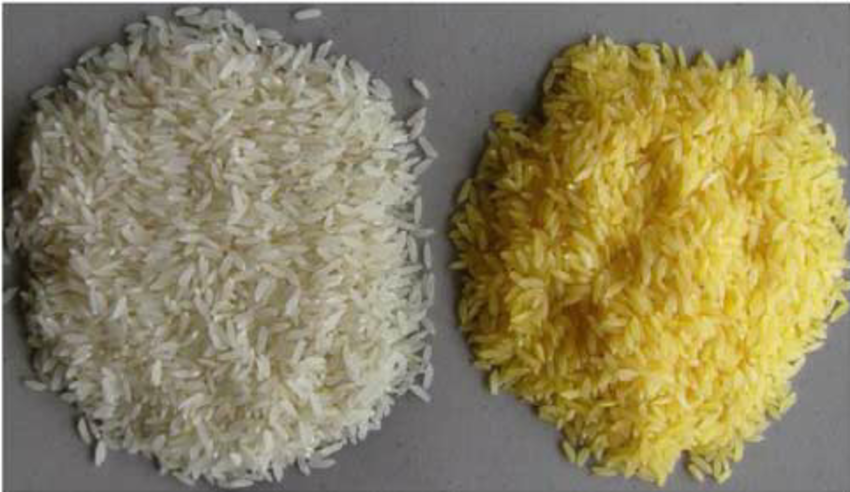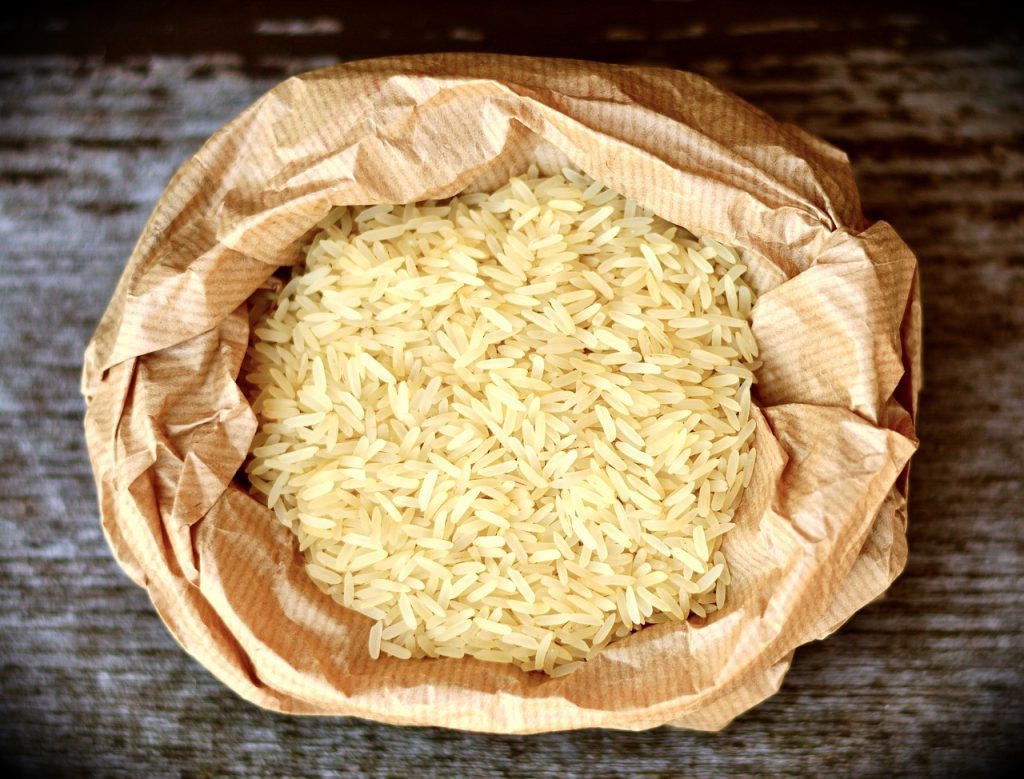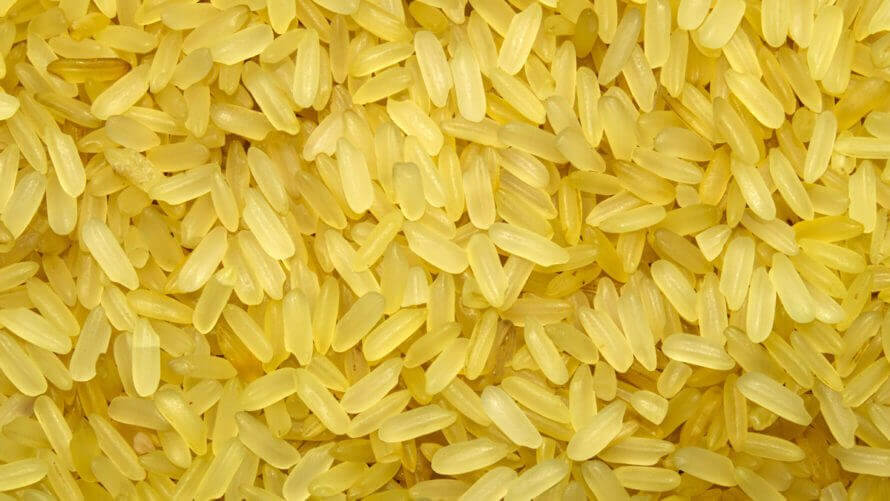Learn about the Advantages And Disadvantages Of Golden Rice. Discover how Golden Rice, a genetically modified crop with added beta-carotene, tackles vitamin A deficiency and improves public health in developing countries. Explore its benefits, challenges, and impact on global food security.
Introduction
Golden rice is a variety of rice that has been genetically modified with the intent of helping a vitamin A deficiency. It is a golden-colored rice that is one of the most serious public health concerns in many of developing countries’ gluten-rich regions where rice is their main dietary component but does not provide the required nutrients to the population.
Nutritional incorporated crops like Golden Rice are of paramount importance factor in combating undernutrition in the world because of the insufficient coverage of nutrition in such concentrated dependence on a certain food. Indeed, Golden Rice has become a step toward better health for millions because it can be grown cheaply.

What is Golden Rice?
Golden rice is a genetically engineered rice variant that has been altered in such a way that the grains synthesized beta-carotene addition. Beta-carotene is provitamin A. The strategy targets populations that predominantly consume rice every day but do not have ways of supplementing their diets with other vitamin A-rich foods to mitigate the risk of vitamin A deficiency (VAD).
Vitamin A is crucial in seeing better, and the lack of it due to the VAD condition affects the ability of the body to fight diseases and blindness develops as a result. The rice is provided with a yellow color thanks to the slipped-in beta-caption which is transformed into vitamin A in the human body.
The History of Golden Rice
The main roots of the Golden Rice project come from the 1990s when Ingo Potrykus and Peter Beyer searched for the genetic modification of rice in order to alleviate vitamin A deficiency. Their research happened by placing daffodil and specific bacterial genes into the genome of rice, which coaxed the rice into producing beta-carotene. It was by the year 2000 that the researchers had constructed Golden Rice, thus allowing for further uses.
The Science Behind Golden Rice
With the help of genetic engineering, the Golden rice variety has been produced. Incorporating the current developments in technology, it is possible to insert genes enhancing the beta-carotene content into the rice DNA. Beta-carotene is the precursor of vitamin A in the human body, thus this rice is referred to as provitamin A rice. Provitamin A rice is essential, especially for people whose diets consist mainly of white rice and very few other foods.
Advantages And Disadvantages Of Golden Rice
1. Advantages of Golden Rice
Improved Vitamin A Intake
Golden Rice supports vitamin A levels by acting as a liberal provider of beta-carotene, a precursor of vitamin A. As a result, the chances of suffering from conditions such as blindness and immune system breakdowns associated with vitamin A deficiency, particularly in young children and expectant mothers in countries where rice is the main meal, are greatly reduced.
Cost-Effective Solution
Golden Rice is a feasible solution to vitamin A deficiency, particularly in places where supplements are not available. This is because it can be cultivated with the same methods used in the production of common rice. For this reason, further infrastructural development is not a prerequisite. Because of its low-cost structure, it can be provided as a permanent solution for the improvement of public health.
Potential for Enhanced Crop Yield
This is in addition to nutrition that is provided by Golden Rice, these rice varieties can also be used to achieve higher yields because of the use of better breeding techniques. As a result of reducing damage caused by pests, diseases, and adverse conditions, will also lead to increased agricultural output and more food security and economic development in rice-growing regions.
Sustainable Impact
Golden Rice is built around a necessity for minimal changes to farming customs; while still promising great health benefits. The practice of growing this crop lessens the need to apply chemical substances such as fertilizers and pesticides. Hence this crop is environmentally friendly as it provides for agricultural sustainability without damaging the ecosystem thereby enhancing food security.
Independence from External Supplementation
Golden Rice lessens the need for people to rely on the consumption of external vitamin A supplements or fortified foods. Since vitamin A, in this case, is added to a major food crop, the population has access to enough vitamin A from the food they eat on a daily basis. This way of providing nutrients enhances health while reducing the capacity to rely on other resources such as external support or active health interventions.

2. Disadvantages of Golden Rice
Controversy and Public Perception
Golden Rice has met widespread skepticism from the public in part due to the GMO status in many inherent regions. Others think that growing GMO crops is counterproductive since it takes the focus away from other effective ways of combating malnutrition like improving the diet. These conflicts exacerbate the existing objection toward GMOs, preventing the embracement and acceptability of Golden Rice in all societies.
Environmental Concerns
Greens find potential threats gene gene-modified rice advances to natural fauna and flora as a problem. There is therefore a threat of cross-breeding GM rice with the existing land and wild varieties leading to the loss of native species. Equally, the effects on the environment of large-scale growing of GMO crops have also not been established, which also contributes to the fright towards Golden Rice.
Corporate Control and Intellectual Property
The production of Golden Rice involves the use of patented biotechnology, which has led to complaints about the domination of agribusiness. The large commercial seed companies and their GMO technology bring seeds that farmers have to buy every growing season. This raises questions about food sovereignty and access to the technology that is placed in the hands of poor peasants.
Regulatory Hurdles
Golden Rice is expected to go through a prolonged process of regulatory hurdles ahead of its approval for commercial application. Regulatory policies concerning GM crops also exist in several nations that may forestall the release of Golden Rice. The process of getting around such obstacles takes a long time and a lot of money and in some places, there is political resistance, which makes it difficult to commercialize Golden Rice.
The Role of Golden Rice in Agriculture
The importance of golden rice in alleviating ivory malnutrition also fights hunger. Considering how many billions of people eat rice, improving the nourishment properties of this food crop is a plus.
Sustainability is an important factor too. Golden Rice can be grown in the same way as other types of rice and therefore as its cultivation does not call for drastic changes in the agricultural practices of the farmers, it is convenient for the developing countries.
Also, the cultivation of Golden Rice delivers environmentally friendly results. The process of modifying genetic materials does not in any way increase the use of water, fertilizers, or pesticides and thus adds to its appeal within agricultural practices aimed at meeting people’s nutrition without harming the environment.
Challenges and Controversies
Though its benefits are obvious, Golden Rice has encountered its fair share of challenges and debates. Even though Golden Rice may be perceived positively, the general perception of GM (genetically modified) crops is rather negative with some people claiming it is unsafe and may have long-term side effects.
There are regulatory issues as well. For example, before Golden Rice deployment is possible, there are prior testing and approval processes in place in each country which tend to slow down the pace of its deployment.
There are also ethical issues. For some, the view that varieties such as Golden rice will leave the farming community at the mercy of biotech industries remains contentious while others find it a necessary evil in fighting malnutrition.
Why Is Vitamin A Important?
Vitamin A is very important in vision, immune system, and skin status. For example, if a person suffers from a vitamin A deficiency, he may experience night blindness, a condition that predisposes him to infection, and if extreme, death. Most of all, vitamin A is needed by the growing child and expectant mothers for it provides them with growth and development.
How Golden Rice Addresses Malnutrition
Where rice is cultivated and predominantly consumed, Golden Rice will help mitigate the issues of malnutrition. Using Golden Rice, nutritionally at-risk population groups, especially women and young children are protected against poor maternal and childhood vitamin A status by ensuring dietary sources rich in beta-carotene. It complements other ways like food diversification and supplementation to enhance nutrition.
Future Prospects of Golden Rice
The prognosis for Golden Rice seems optimistic, with further studies being conducted to increase its nutritional value and improve its availability to global farmers. Researchers are looking into different possibilities to improve the nutrient composition of other commonly grown crops which may lead to a possibility of having more diverse nutritionally enhanced crops in the future. As the benefits of Golden Rice become more popular, its use is bound to go up which may provide a paradigm shift on food security and menu on issues across the world.

FAQs
Is Golden Rice safe to eat?
Indeed, Golden Rice has completed all the safety assessments required and is approved by agencies like the FDA, EFSA, and others. It does not seem to present any additional risks beyond those involved in eating conventional rice.
Where is Golden Rice currently being used?
Golden Rice has been authorized for use in some countries including the Philippines. Other countries are in the approval stage to allow the growth and use of rice.
Why do some people oppose Golden Rice?
The main cause of most of the opposition towards Golden Rice is because it has to do with genetic modification and GMO impact on the environment. Such intervention is said not to address the basic issues surrounding malnutrition such as poverty and lack of availability of other foods.
Why is vitamin A deficiency a problem?
Vitamin A deficiency (VAD) is roughly responsible for a wide range of health complications, more so amongst children and pregnant women when it comes to diseases and even death; hence it is a risk factor that most developing countries face health-wise.
Conclusion
Golden Rice is an invention that is intended to meet the health needs of people around the world, in particular the lack of vitamin A. There are controversies regarding Golden Rice; however, potential health effects especially in at-risk groups are quite high. In fact, Incorporating beta-carotene in a food crop- rice, Golden Rice presents a golden opportunity to better the health of the public in third-world countries.
